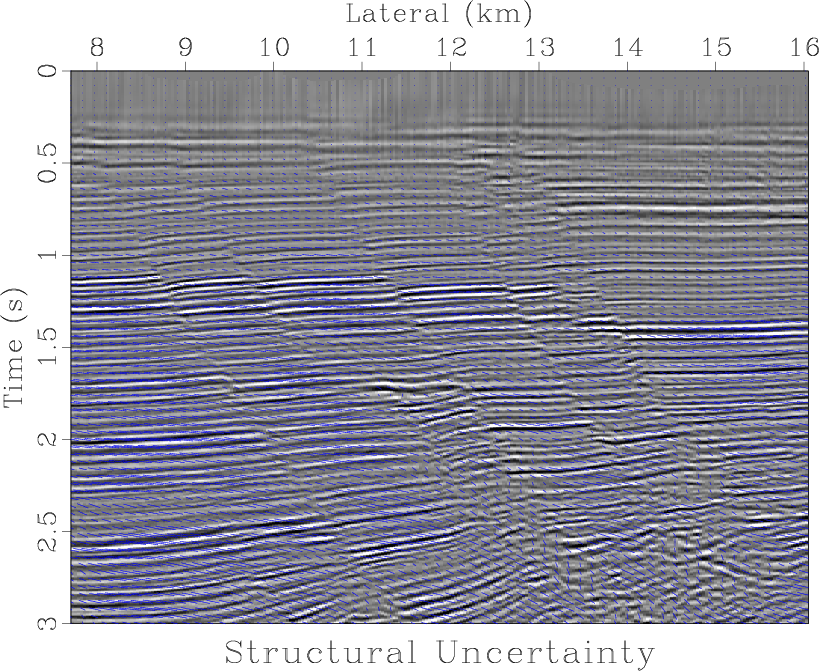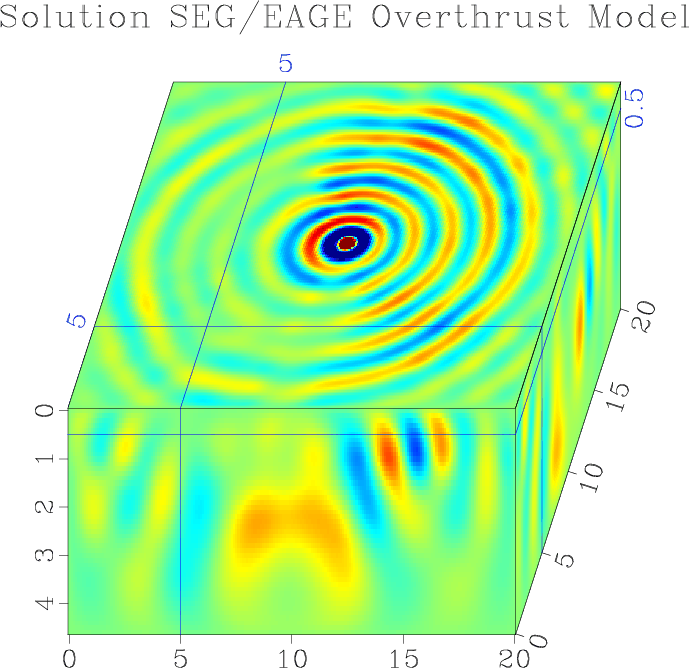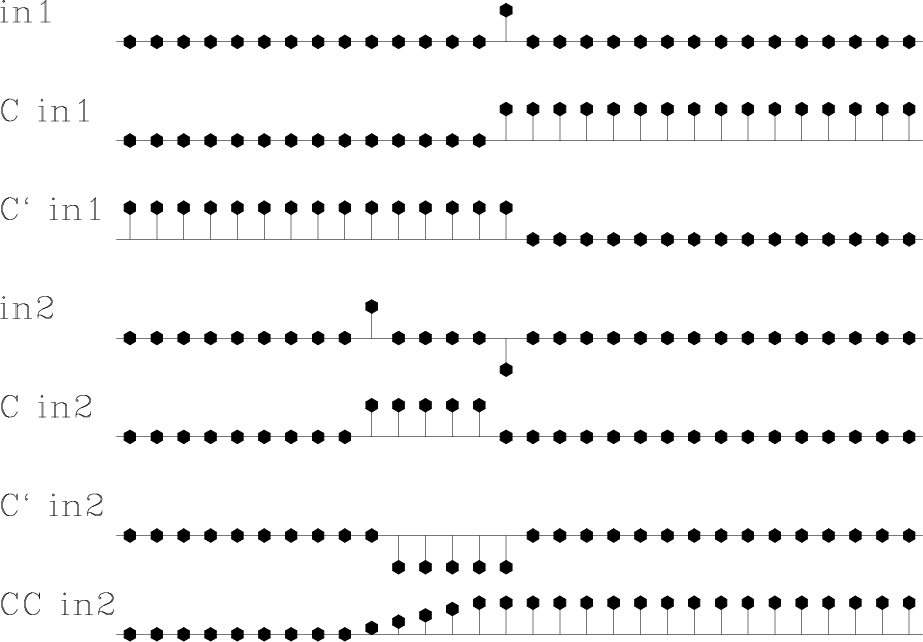A new paper is added to the collection of reproducible documents:
Structural uncertainty of time-migrated seismic images

Structural information in seismic images is uncertain. The main cause of this uncertainty is uncertainty in velocity estimation. We adopt the technique of velocity continuation for estimating velocity uncertainties and corresponding structural uncertainties in time-migrated images. Data experiments indicate that structural uncertainties can be significant even when both structure and velocity variations are mild.

